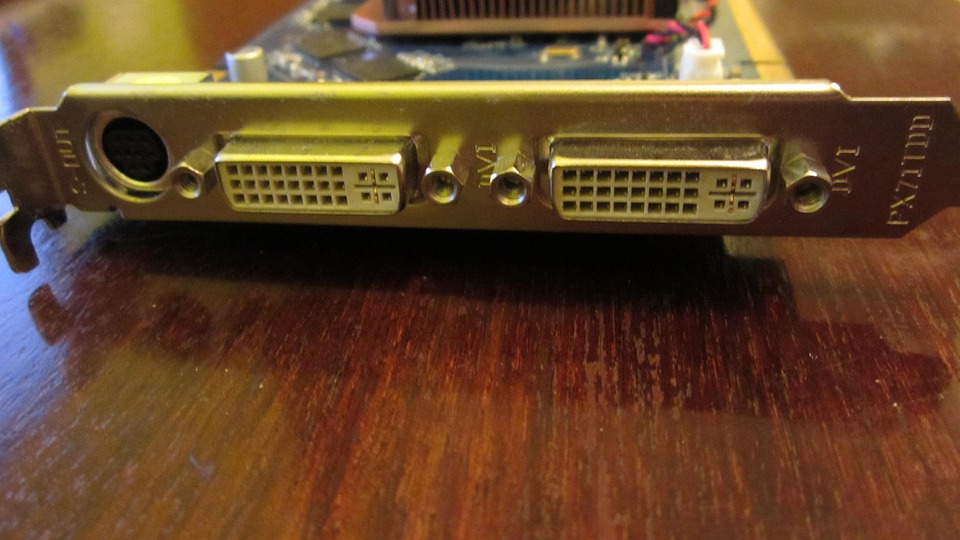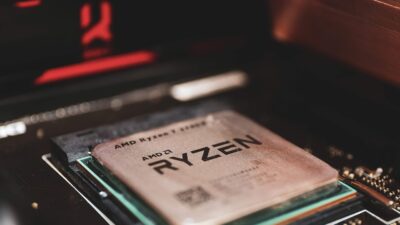The gaming industry is undergoing a seismic shift, thanks in large part to advancements in graphics technology. At the forefront of this revolution is ray tracing, a rendering technique that simulates the way light interacts with objects in a virtual environment. Leading the charge in this transformative era is NVIDIA’s GeForce graphics technology, which is redefining visual fidelity and immersing gamers in experiences that were once only possible in our imaginations.
Understanding Ray Tracing
Ray tracing is a complex rendering technique that approximates the behavior of light in a scene. In traditional rasterization, which has been the backbone of real-time graphics for decades, images are generated by projecting 3D objects onto a 2D screen, often resulting in flat and less realistic lighting effects. Ray tracing, on the other hand, casts rays of light from the camera into the scene, simulating interactions such as reflection, refraction, and shadows in real-time.
This method allows for unprecedented realism: reflections on surfaces behave as they do in the real world, light scatters naturally, and shadows are rendered with exquisite detail. The result is an immersive visual experience that closely mimics reality, pulling players deeper into game worlds.
NVIDIA’s Role in the Ray Tracing Revolution
NVIDIA has been a pioneer in making ray tracing accessible for gamers through its GeForce RTX series of graphics cards. With the launch of the RTX 20-series GPUs in 2018, NVIDIA introduced real-time ray tracing to the consumer market, coupled with AI-driven technologies like DLSS (Deep Learning Super Sampling). This groundbreaking innovation made it possible to experience ray tracing’s stunning visuals without sacrificing performance.
Features That Define GeForce RTX
-
Real-Time Ray Tracing: The heart of the GeForce RTX technology is its ability to deliver real-time ray tracing. With dedicated RT cores, RTX cards can process complex lighting interactions, making scenes more dynamic and visually rich.
-
DLSS: The incorporation of AI-powered DLSS dramatically improves performance while maintaining image quality. By using neural networks to upscale lower-resolution images, DLSS allows gamers to enjoy ray-traced graphics without significant drops in frame rates.
-
NVIDIA Reflex: This technology reduces latency by synchronizing the GPU and monitor, offering a smoother gameplay experience, which is especially crucial for competitive gamers.
- NVIDIA GameWorks and RTX Technologies: NVIDIA has been instrumental in collaborating with developers, providing tools and resources to integrate advanced ray tracing features into popular games. Titles like “Cyberpunk 2077,” “Control,” and “Minecraft” have showcased what’s possible when ray tracing is applied creatively.
Impact on the Gaming Landscape
The integration of ray tracing has fundamentally changed how developers approach design. Gone are the days of opting for fixed-function techniques to simulate lighting effects. Developers can now create intricate environments with realistic light and shadow interplay, elevating storytelling and immersion.
The visual fidelity brought by ray tracing has set a new standard that players expect. As more titles adopt this technology, the conversations surrounding graphics quality and realism have shifted, making ray tracing synonymous with cutting-edge gaming.
Challenges Ahead
Despite its many advantages, ray tracing presents challenges. The computational demands of real-time ray tracing can strain hardware, requiring powerful GPUs to run effectively across various resolutions and settings. However, NVIDIA’s relentless innovation, particularly with the advancements in the Ampere architecture and forthcoming technologies, promises to bridge the performance gap.
The Future of Ray Tracing
As we look ahead, the potential of ray tracing remains vast. With the anticipated release of next-generation consoles and GPUs, the technology will likely become even more refined. Moreover, as developers become more adept at leveraging ray tracing, we can expect breathtaking new experiences that push the boundaries of storytelling and interactivity in gaming.
The convergence of ray tracing and AI technologies like DLSS suggests an exciting future where high-quality graphics and performance no longer exist in opposition. The synergy between these technologies will continue to unlock new possibilities, making gaming experiences more immersive than ever.
Conclusion
NVIDIA’s GeForce RTX technology is not just enhancing the physical aesthetics of games; it’s revolutionizing how we perceive and interact with virtual worlds. By breaking down the old paradigms of graphics rendering, ray tracing has made it possible for developers and gamers alike to explore boundaries that were once thought insurmountable. As this revolution unfolds, one thing is certain: the future of gaming has never looked brighter.


